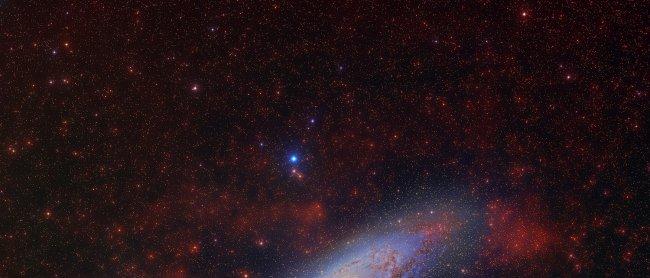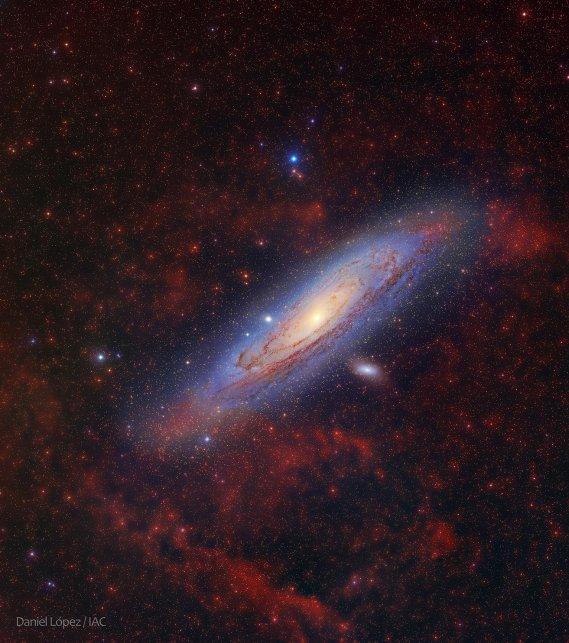It may interest you
-
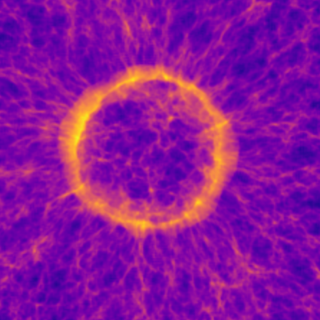 The Instituto de Astrofísica de Canarias (IAC) in collaboration with the University of Geneva (Switzerland), the University of Osaka (Japan), and the University of Zhejiang (China) has made a key contribution to a more precise measurement of the expansion of the Universe. This is because they have made an improvement in the precision of the calculation of the scale of the universe in its early stages using the analisis of the distribution of gas in intergalactic space, measurements which reach back to epochs between 10,000 and 12,000 million years ago. This result comes from the análisis ofAdvertised on
The Instituto de Astrofísica de Canarias (IAC) in collaboration with the University of Geneva (Switzerland), the University of Osaka (Japan), and the University of Zhejiang (China) has made a key contribution to a more precise measurement of the expansion of the Universe. This is because they have made an improvement in the precision of the calculation of the scale of the universe in its early stages using the analisis of the distribution of gas in intergalactic space, measurements which reach back to epochs between 10,000 and 12,000 million years ago. This result comes from the análisis ofAdvertised on -
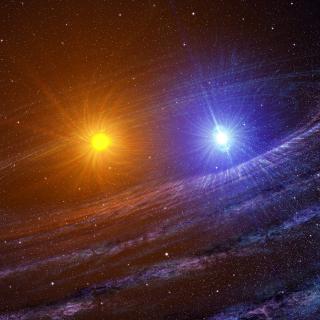 Research led by the Instituto de Astrofísica de Canarias (IAC) has discovered that, in binary systems, stars that evolve into red giants change the way they rotate with their companions, making their orbits more circular. The result was achieved after studying nearly 1000 solar-like oscillating stars in binary systems, the greatest yield to date of such objects. For their identification, the third Gaia Data Release (Gaia-DR3) and NASA Kepler and TESS catalogs have been explored. The study has been published in the journal Astronomy and Astrophysics and has been selected as the most recentAdvertised on
Research led by the Instituto de Astrofísica de Canarias (IAC) has discovered that, in binary systems, stars that evolve into red giants change the way they rotate with their companions, making their orbits more circular. The result was achieved after studying nearly 1000 solar-like oscillating stars in binary systems, the greatest yield to date of such objects. For their identification, the third Gaia Data Release (Gaia-DR3) and NASA Kepler and TESS catalogs have been explored. The study has been published in the journal Astronomy and Astrophysics and has been selected as the most recentAdvertised on -
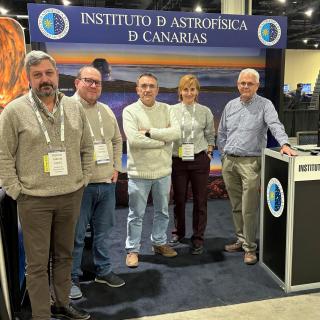 The Instituto de Astrofísica de Canarias (IAC) is demonstrating the quality and international relevance of the Canary Islands Observatories at the 245th session of the American Astronomical Society (AAS) meeting being held this week in Maryland (USA). This meeting, led by the American astrophysics community, brings together the world's most important research centres in this field to share lines of work and proposals for the present and the future. The IAC delegation in Maryland is headed by the director of the centre, Valentín Martínez Pillet, who is part of the panel of speakers with aAdvertised on
The Instituto de Astrofísica de Canarias (IAC) is demonstrating the quality and international relevance of the Canary Islands Observatories at the 245th session of the American Astronomical Society (AAS) meeting being held this week in Maryland (USA). This meeting, led by the American astrophysics community, brings together the world's most important research centres in this field to share lines of work and proposals for the present and the future. The IAC delegation in Maryland is headed by the director of the centre, Valentín Martínez Pillet, who is part of the panel of speakers with aAdvertised on
